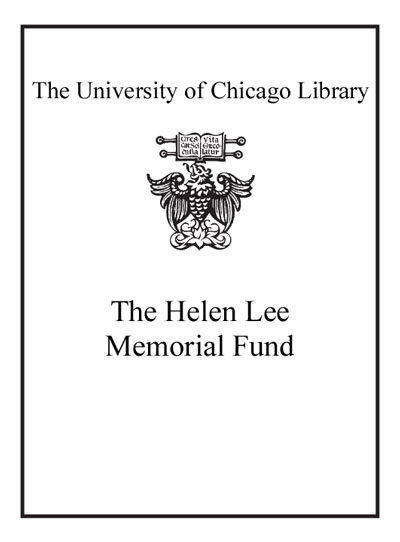Review by Choice Review
Stephenson (Spanish, Purdue Univ.) examines how South American camelids--llamas, alpacas, guanacos, and vicuñas--drew the attention of Europe, originally as novelties but eventually as commodities for export and domestication. Drawing on numerous historical sources and paintings, Stephenson presents a series of case studies. The first begins in the 16th century with the attraction of Spanish explorers to bezoar stones--calcified aggregates found in the digestive tracts of Andean camelids--and valued as an antidote for poisons. The bulk of this work focuses on efforts of European powers--Spanish, French, and British--to export camelids for domestication purposes. Domestication societies initiated these attempts and contracted with fearless entrepreneurs or adventurers to undertake the great challenge of acquiring animals that natives and governments were reluctant to part with. Entrepreneurs transported the animals to shipping ports in South America, often doing so illegally and struggling to keep the animals alive in challenging environmental conditions. Finally, they shipped the camelids to Europe or Australia (then a British colony)--an arduous trip that resulted in many camelid deaths. Equally challenging were the attempts to domesticate the animals in foreign lands. This is a highly scholarly work, recommended for academic libraries with graduate programs in Latin American studies. Summing Up: Recommended. Advanced undergraduates through faculty. --Kevin P McDonough, Northern Michigan University
Copyright American Library Association, used with permission.
Review by Choice Review


